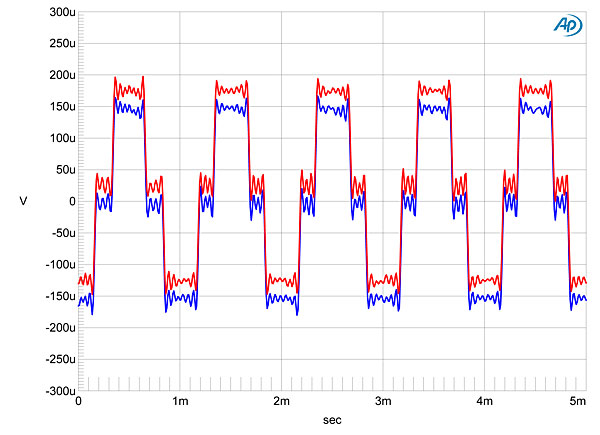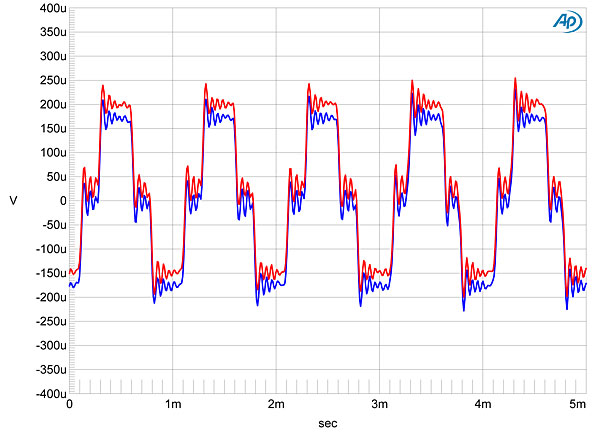It is quite relevant in how purchase decisions are made.
In absence of measurements like mine, you are driven hard by the marketing of manufacturers. Collectively for example, they have conditioned consumers to think that R2R ladder DACs are more accurate. That then preconditions listening tests people do. They compare their current DAC to R2R and arrive at the false conclusion that they sound better. That word then spreads and more and more people believe this to be true.
What measurements have shown so far with respect to Schiit DACs is that their R2R DACs are less accurate. This is news to many people who heretofore thought the truth was the other way around.
Here is the simple truth and there is no way of getting around it. A DAC's job is to accept digital samples and produce analog voltages corresponding to it. I bet if I interviewed 100 audiophiles, 99 would say that is what they expect or think their DAC should do, or is doing. The other person is probably drunk so that doesn't count.

We measure to see if that hypothesis is true. To the extent DACs relative to their competition fall substantially worse, then that matters to people on the basis of purchasing gear.
Importantly, it is never the case where you are better off knowing less about a product you are going buy.
In the specific case of a -90 dB test, we have picked a very old standard where the assumption was that reproducing even 16 bits which was in the bit depth of CD was hard. Today, there is content and of course every DAC that plays up to 24 bits and beyond. Many people think that 24 bits is what they are buying. So we could have picked a test at -110 or even -120 db out of -144 floor of 24 bits. But we have not. We are not going to extremes to differentiate. We are going to a reasonable place in fidelity that doesn't even exceed CDs and ask: "does this DAC do what I think DACs should do?"
Finally, important part of purchase decision is which product to buy. Given a choice of one that mangles everything at -90 dB and one that doesn't, it makes little sense to buy the former. Even if you don't need the extra fidelity, why reward the company that built the sub-par device? Worse yet many times the subpar device actually costs more!
So, be an informed consumer. Don't let people convince you need to know less. You don't.



